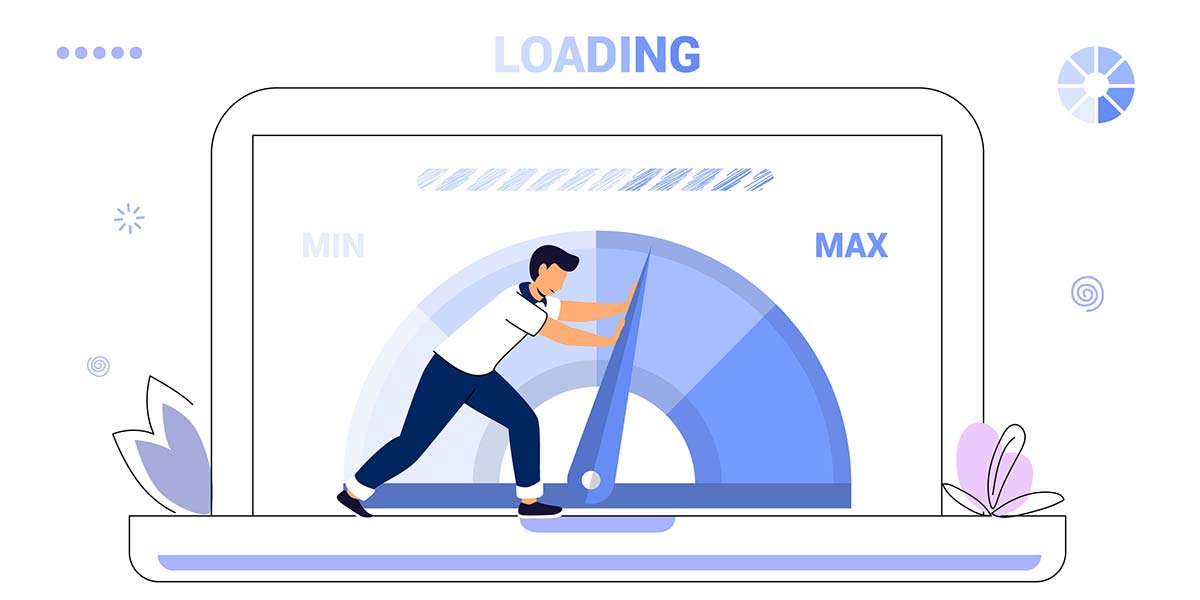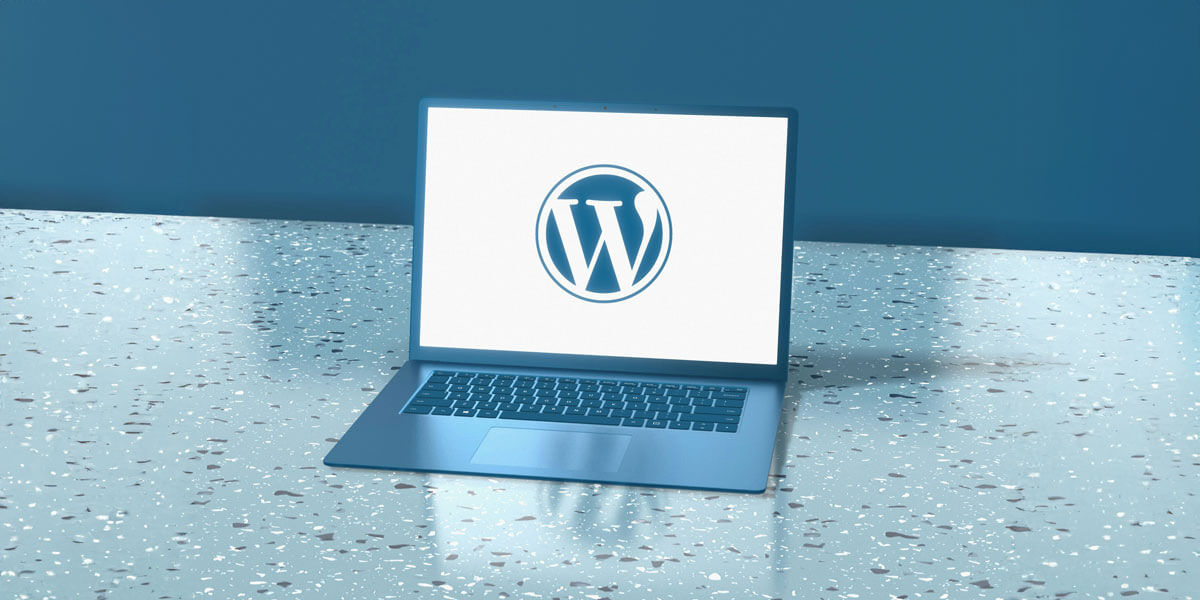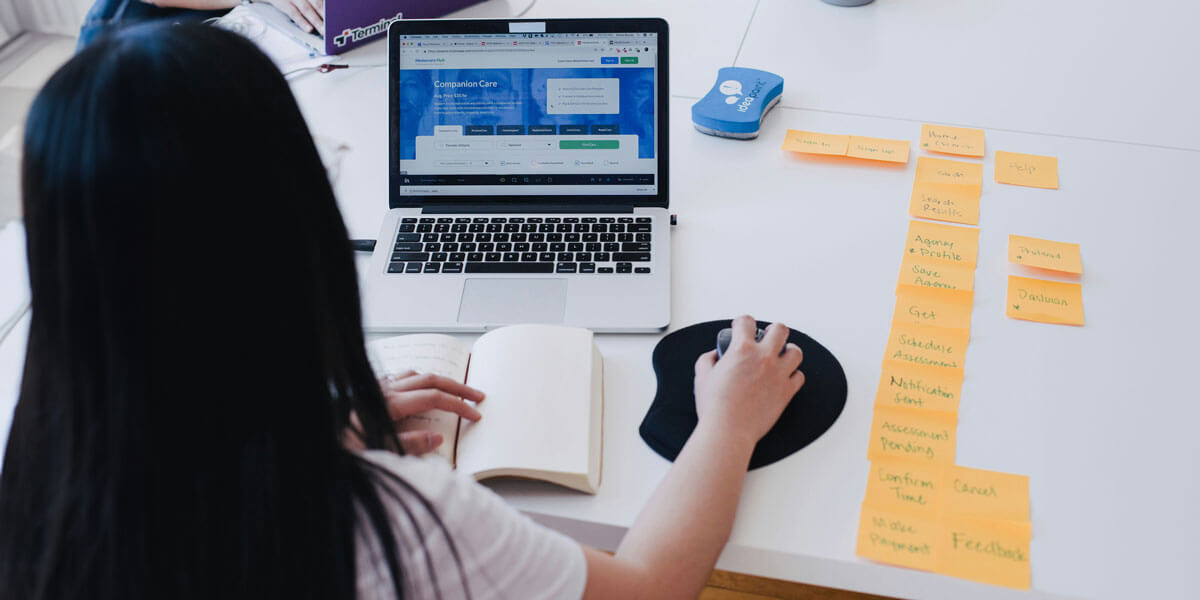Your website speed can change over time, so it’s important to test it regularly. Google Search Console will also notify you if some pages are slow. Often beginners think that their website is working fine because they tested it on their computer. But since you frequently visit your own site, modern browsers store your website in the cache and automatically load it. But this is not the same for users who are visiting for the first time.
You can use a tool like PageSpeed Insights or IsitWP’s WordPress Speed Test to determine how fast your website is running. A good page load time is under two seconds. However, the faster you can make your site, the better it will be, even if your pages are loading over two seconds. So what could be causing your slow load times?
Below are the main factors that can slow down your WordPress site, along with their solutions.
Bad Web Hosting
One of the keys to fast loading pages is having good web hosting. There are different types of web hosting, so make sure that you have the right configurations for your needs. For instance, if you decide to go with the cheapest option, shared hosting, you will be sharing the server with other websites. This can significantly slow down your site.
Managed web hosting is often best because you will receive optimized server configurations, plus automatic backups, updates and other advanced security features. While more expensive than shared hosting, managed hosting will provide you with a faster site and more uptime, offsetting the initial costs.
Plugin Issues
Sometimes, a slow site can be caused by a plugin that hasn’t been updated. Before choosing a plugin, always read the reviews, performance and user experience. And, choose only the plugins you need. Having too many plugins can slow down your site, especially if they aren’t being updated accordingly.
Heavy Theme
It’s also possible that you could have a heavy theme, or a theme that hasn’t been updated. Some themes are loaded with bloat and will make your site slow. If this is the case, you’ll want to update your theme or rethink your website structure. Do you really need everything that’s on your site? Minimizing features and elements can help speed things up.
Caching
Caching is a great concept in that it allows browsers to save your website’s data when a person first visits your website. When they revisit your site in the future, all content is immediately loaded without having to wait for the server. But if you don’t have a caching plugin installed on your site, it won’t be able to do this. Make sure your site has a caching plugin, which can be downloaded directly from the WordPress plugin directory.
Oversized and Unoptimized Images
Your website needs visuals to provide the best user experience, but it’s crucial that these images are the right size and optimized before you put them on your site. Images that are too large will slow down page load times. Here are the following guidelines:
- Blog post images: 1200 x 630 pixels
- Header images: 1048 x 250 pixels
- Featured images: 1200 x 900 pixels (landscape); 900 x 1200 (portrait)
- Background images: 1920 x 1080 pixels
- Logo images: 200 x 100 pixels
- Thumbnail images: 150 x 150 pixels
Unused CSS and JavaScript
Unused CSS and JavaScript is code included with your WordPress plugins or themes that is not necessary. By removing this code, you can improve your page load times and user experience. You can find out if you have unused code by running a speed test on PageSpeed Insights. If it turns up that you do have unused code, you can remove it manually or with a plugin.
If your site isn’t loading as fast as it should, contact Magna Technology. There are many things our web experts can do to improve page load times, or it may be time to upgrade to a new theme.




